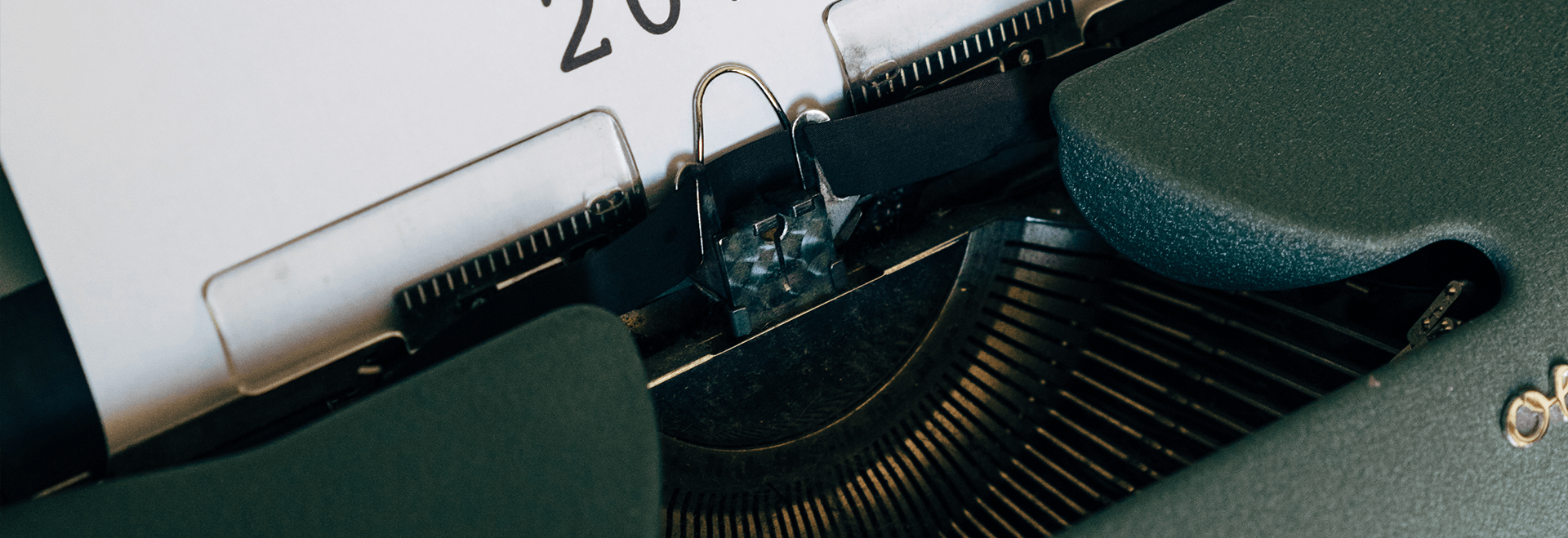Aeration head manufacturer is a new type of microporous aeration equipment used for biochemical treatment of municipal wastewater. The microporous aeration head is not only effective, but also highlights the environmental characteristics. It is different from some chemical treatment methods and can be contaminated. Some aeration head manufacturers will add check valves, while others will not. What is the difference between adding or not adding a check valve?
1、 Diaphragm aeration head check valve.
First, add a check valve inside the aeration head to prevent sludge from flowing back, so as not to affect the use of the aeration head. The aeration disc uses physical methods to treat harmful gases or substances. Putting it into the air and then injecting oxygen into water to form aerobic circulation not only damages the environment, but also effectively reduces harmful substances in sewage and membrane aerators based on diversity. The complexity of pollutants in sewage is achieved through layered treatment to meet discharge standards. Accompanied by the development and work of the city. With the improvement of industrialization level, it is imperative to treat wastewater that does not meet discharge standards. In order to develop society, the government cannot completely shut down these enterprises and industries, so to the fullest extent. Reducing the level of water pollution has become the primary consideration, and there are certain requirements for aerator wastewater treatment.
2、 The aeration head does not have a check valve.
What would happen if there is no check valve added to the aeration head? If there is a large amount of sludge at the bottom of the pool during the application process, it will cause blockage if the sludge enters the aeration head. Affects the use of aeration heads. In addition, the disc type aeration head can increase the air content in water, prevent water from spoiling, form a certain stirring effect on water, and prevent substance precipitation in water. During the depressurization process, bubbles form on the surface of oil impurities and other substances, which are then air floated and separated for removal.










